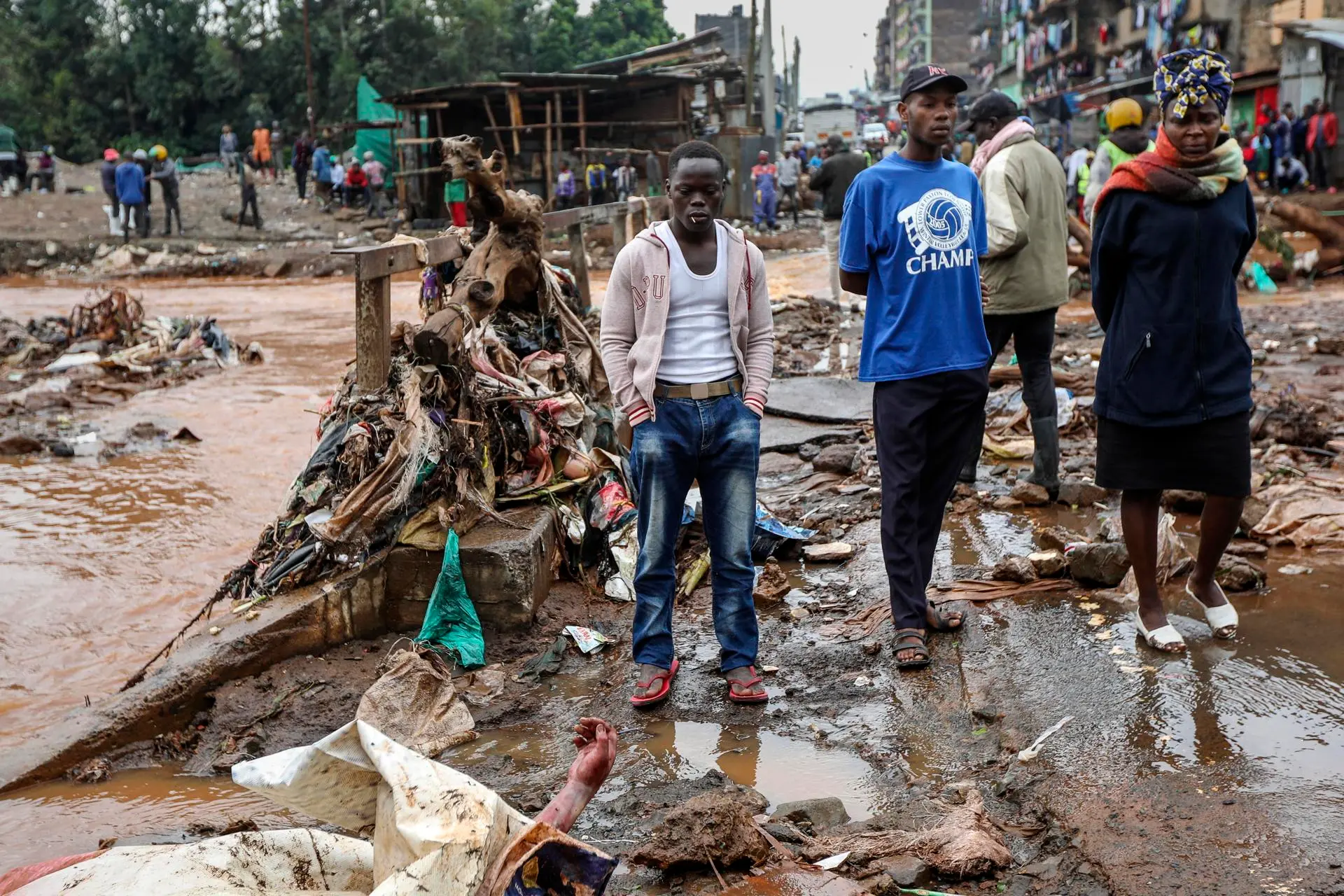This Friday, an official report recognized 76 deaths. This Friday the number of deaths reached to 44, due to the heavy rains that are also affecting other East African states: Burundi, where the government asked for international aid to avoid famine, and Tanzania.
In addition, the Kenyan authorities, with the support of the International Red Cross, are trying to organize temporary shelters for some 131,000 people who abandoned their homes and belongings in search of higher grounds to protect themselves from the deluge flooding in their country.
Most of the recent deaths and thousands of displacements have occurred in the capital, particularly in outlying districts inhabited by impoverished families whose houses are made of scrap metal, cardboard and adobe.
In contrast, in Zimbabwe, in the south of the continent, a drought unprecedented for decades forced the government to declare a national emergency, while the effects of the scarcity of rainfall are also having an impact on the other side of the Atlantic Ocean, in Colombia and Uruguay, where restrictions on the use of drinking water are in force.
According to specialized agencies, both crises, are the result of the El Niño-Southern Oscillation phenomenon, in addition to climate change caused by human activity.
jrr/rgh/msl









